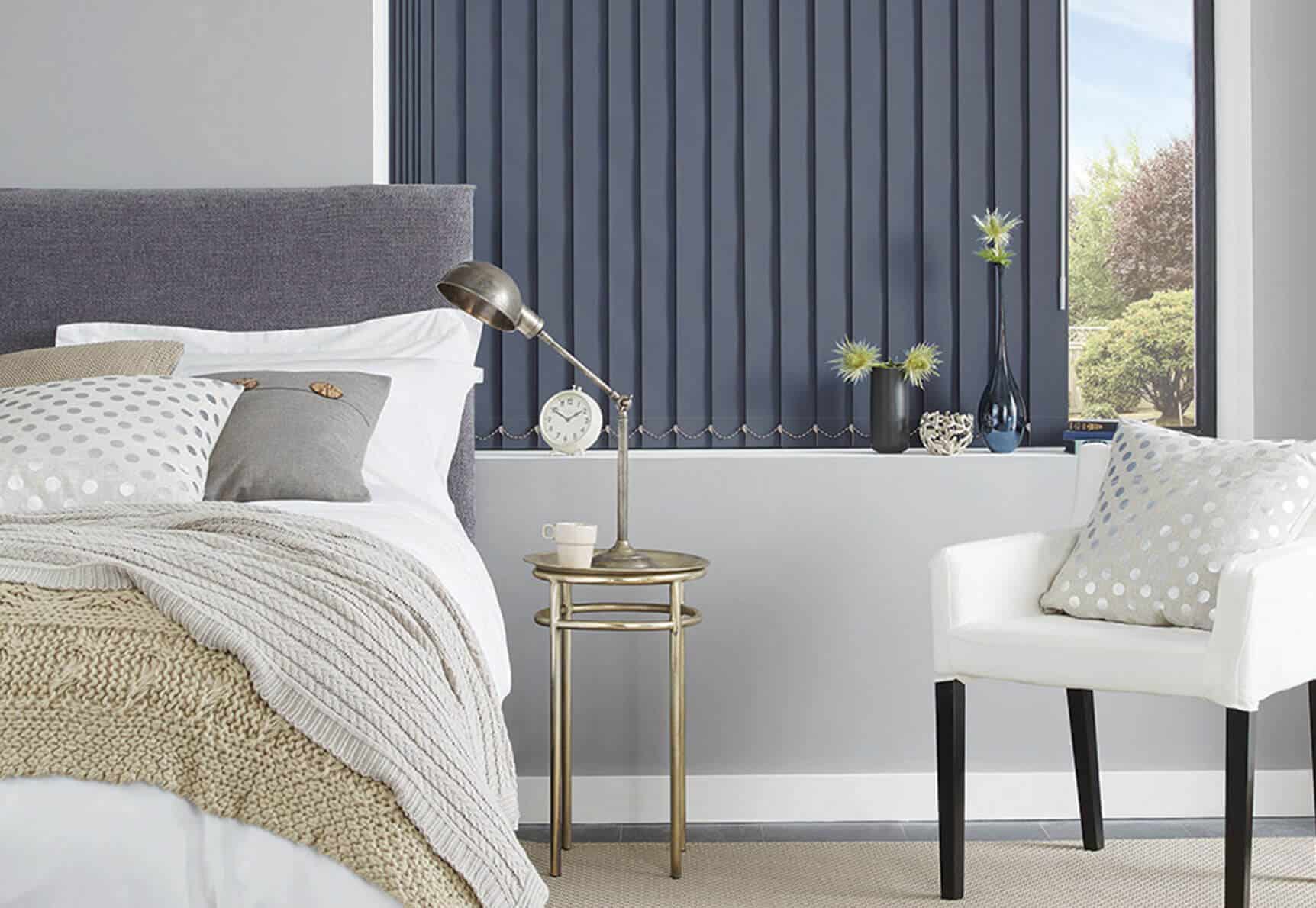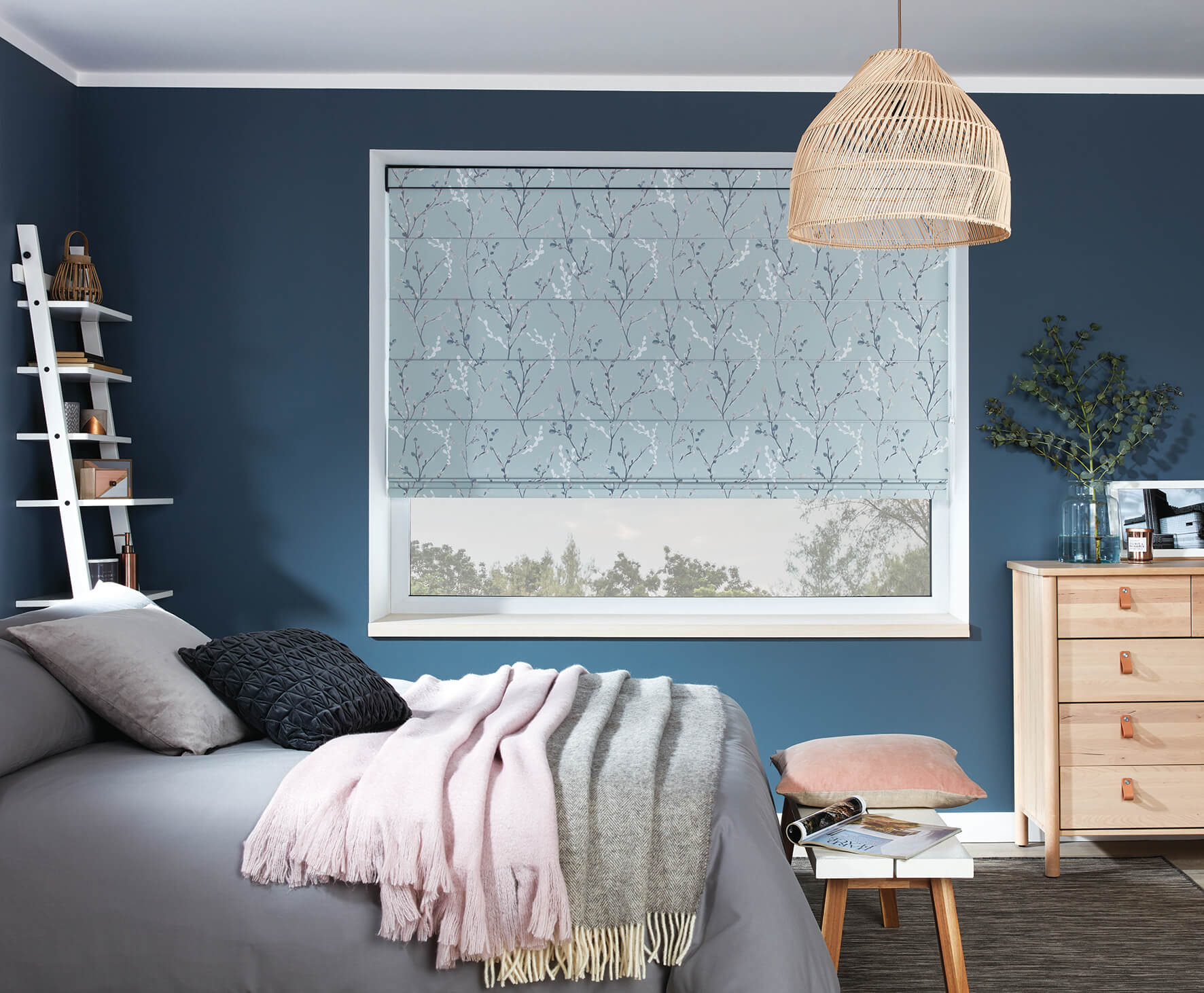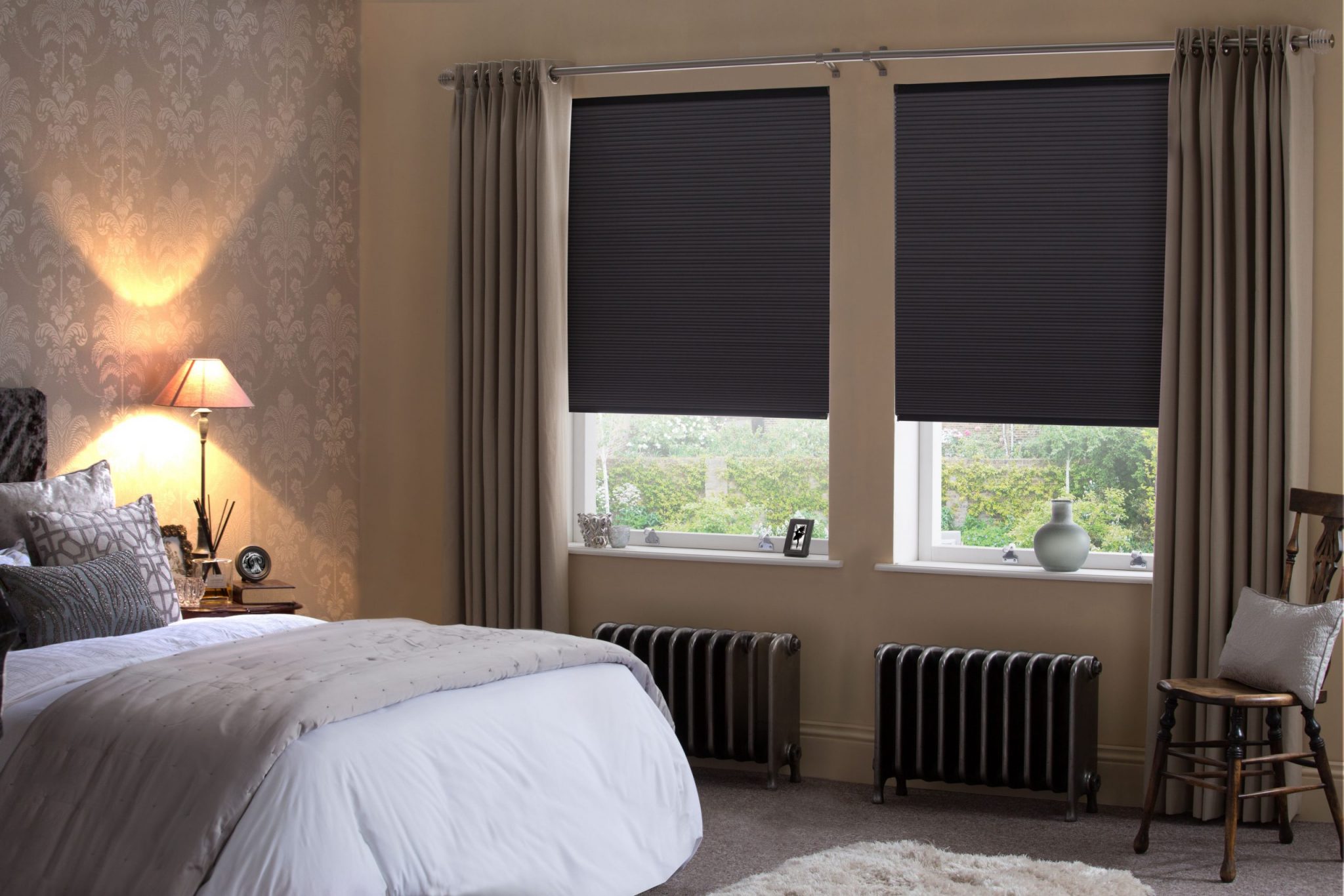Types of Bedroom Blinds

Choosing the right blinds for your bedroom can significantly impact the ambiance, light control, and privacy of your space. Different types of blinds offer distinct advantages and disadvantages, making it essential to consider your specific needs and preferences.
Roller Blinds
Roller blinds are a popular and versatile option for bedrooms, offering a simple yet effective way to control light and privacy. They consist of a single piece of fabric that rolls up onto a tube at the top of the window.
- Advantages:
- Easy to operate: Roller blinds are simple to raise and lower, making them a convenient choice for bedrooms.
- Wide range of fabrics: Roller blinds are available in a vast array of fabrics, colors, and patterns, allowing you to find the perfect match for your bedroom decor.
- Affordable: Roller blinds are generally more affordable than other types of blinds, making them a budget-friendly option.
- Light control: Roller blinds can provide complete blackout, light filtering, or sheer options, depending on the fabric chosen.
- Disadvantages:
- Limited style options: Roller blinds have a more basic design compared to other types of blinds, offering fewer styling possibilities.
- Not as durable: Roller blinds can be prone to fraying or tearing, especially if they are exposed to direct sunlight or frequent use.
Example: A minimalist bedroom with white walls and a sleek modern bedframe can be complemented by white roller blinds with a subtle textured pattern. The blinds provide a clean and contemporary look while offering effective light control and privacy.
Roman Blinds
Roman blinds offer a more elegant and sophisticated look compared to roller blinds. They consist of fabric panels that fold up neatly when raised, creating a soft and layered effect.
- Advantages:
- Stylish and elegant: Roman blinds add a touch of sophistication to any bedroom, complementing a wide range of decor styles.
- Variety of fabrics: Similar to roller blinds, Roman blinds are available in a wide array of fabrics, colors, and textures, offering endless possibilities for customization.
- Light control: Roman blinds can provide light filtering or blackout options, depending on the fabric chosen.
- Disadvantages:
- More expensive: Roman blinds are generally more expensive than roller blinds due to their more intricate design and construction.
- Less versatile: Roman blinds may not be as suitable for small windows or windows with limited space above them.
Example: A bedroom with a traditional or farmhouse aesthetic can be enhanced by linen Roman blinds in a warm neutral color. The soft folds of the blinds add texture and warmth to the space while providing a cozy and inviting ambiance.
Venetian Blinds
Venetian blinds are a classic choice for bedrooms, known for their versatility and ability to control light levels with precision. They consist of horizontal slats that can be adjusted to allow in varying amounts of light.
- Advantages:
- Precise light control: Venetian blinds allow you to adjust the angle of the slats to create the desired level of light, from complete blackout to a gentle glow.
- Durable and long-lasting: Venetian blinds are typically made from materials like aluminum or wood, making them durable and resistant to wear and tear.
- Easy to clean: Venetian blinds are relatively easy to clean, as the slats can be wiped down with a damp cloth.
- Disadvantages:
- Can be noisy: Venetian blinds can be noisy when they are adjusted, especially if the slats are made of metal.
- Less stylish: Venetian blinds can have a more utilitarian look compared to other types of blinds, especially in modern or contemporary bedrooms.
Example: A bedroom with a minimalist or industrial design can be complemented by sleek aluminum Venetian blinds in a metallic finish. The blinds provide a modern and functional touch while offering precise light control.
Cellular Blinds (Honeycomb Blinds)
Cellular blinds, also known as honeycomb blinds, are a unique type of blind that features a honeycomb-shaped structure within the fabric. This design helps to trap air, creating an insulating effect that can improve energy efficiency.
- Advantages:
- Energy efficiency: Cellular blinds help to insulate your bedroom, reducing heat loss in the winter and heat gain in the summer.
- Sound absorption: The honeycomb structure of cellular blinds can also help to absorb sound, making them a good choice for bedrooms in noisy areas.
- Variety of colors and styles: Cellular blinds are available in a wide range of colors and styles, allowing you to find a match for your bedroom decor.
- Disadvantages:
- More expensive: Cellular blinds are generally more expensive than other types of blinds due to their more complex construction.
- Less light control: Cellular blinds typically offer less light control than other types of blinds, as the honeycomb structure can create a more diffused light effect.
Example: A bedroom with a contemporary or Scandinavian design can be enhanced by white cellular blinds with a subtle texture. The blinds provide a modern and clean look while offering excellent insulation and sound absorption.
Factors to Consider When Choosing Bedroom Blinds: Best Blinds For Bedroom

Choosing the right blinds for your bedroom is crucial for creating a comfortable and stylish space. With numerous options available, considering several factors can help you make an informed decision that meets your specific needs.
Room Size and Window Shape
The size of your bedroom and the shape of your windows are essential considerations when selecting blinds. Large windows in spacious bedrooms might require wider blinds or multiple panels for effective coverage. Conversely, smaller windows in compact bedrooms may benefit from narrower blinds or roman shades that don’t overwhelm the space. For oddly shaped windows, such as bay windows or skylights, custom-made blinds or window treatments might be necessary to ensure a perfect fit.
Light Control, Privacy, and Noise Reduction
- Light Control: Bedroom blinds play a vital role in regulating the amount of natural light entering the room. Consider your preferred level of light exposure during different times of the day. Blackout blinds are ideal for blocking out all light for a dark and restful sleep, while sheer blinds allow some light to filter through for a softer ambiance.
- Privacy: The level of privacy you desire in your bedroom is another key factor. Solid-color blinds or blackout blinds offer maximum privacy, while sheer blinds or Venetian blinds provide a more translucent barrier.
- Noise Reduction: If you live in a noisy area or prefer a quiet sleep environment, consider blinds with noise-reducing features. Thick fabrics, such as blackout blinds or cellular shades, can help absorb sound and minimize outside noise.
Material, Color, and Pattern
- Material: The material of your blinds affects their durability, light control, and overall aesthetic. Popular options include wood, faux wood, aluminum, vinyl, and fabric. Wood blinds offer a classic and elegant look, while faux wood provides a more affordable alternative. Aluminum blinds are durable and easy to clean, while vinyl blinds are budget-friendly and moisture-resistant. Fabric blinds offer a soft and elegant touch, while blackout fabric provides excellent light control and privacy.
- Color: The color of your blinds can significantly impact the overall atmosphere of your bedroom. Neutral colors, such as white, beige, or gray, create a calming and spacious feel, while bolder colors can add a touch of personality and vibrancy. Consider the existing color scheme of your bedroom and choose a color that complements your decor.
- Pattern: Patterns on blinds can add visual interest and personality to your bedroom. From subtle stripes to bold geometric designs, the choice is yours. Consider your personal style and the overall design of your bedroom when selecting a pattern.
Popular Bedroom Blind Materials

Choosing the right material for your bedroom blinds is crucial, as it impacts their appearance, functionality, and longevity. Each material comes with its own set of advantages and disadvantages, making it important to consider your needs and preferences before making a decision.
Common Bedroom Blind Materials
- Wood: Wooden blinds offer a classic and elegant look, adding warmth and sophistication to any bedroom. They are durable and can last for many years with proper care. However, wood blinds are susceptible to warping and damage from moisture, making them less suitable for humid environments.
- Bamboo: Bamboo blinds are a sustainable and eco-friendly option, providing a natural and organic feel to your bedroom. They are lightweight and easy to clean, but they may not be as durable as wood blinds and can be prone to fading in direct sunlight.
- Fabric: Fabric blinds offer a wide range of colors, patterns, and textures, allowing you to personalize your bedroom’s decor. They are generally soft and quiet, providing good light control and privacy. However, fabric blinds can be prone to dust and stains, requiring regular cleaning.
- Vinyl: Vinyl blinds are a budget-friendly and low-maintenance option, making them a popular choice for bedrooms. They are moisture-resistant and easy to clean, making them suitable for humid environments. However, vinyl blinds can be less stylish than other materials and may not provide the same level of light control or privacy.
Comparison of Bedroom Blind Materials, Best blinds for bedroom
| Material | Pros | Cons | Price Range |
|---|---|---|---|
| Wood | Durable, elegant, natural look | Susceptible to moisture damage, expensive | $50 – $200 per blind |
| Bamboo | Sustainable, eco-friendly, lightweight | Less durable than wood, prone to fading | $30 – $150 per blind |
| Fabric | Wide variety of colors and patterns, soft and quiet | Prone to dust and stains, may not provide complete light blockage | $20 – $100 per blind |
| Vinyl | Budget-friendly, low-maintenance, moisture-resistant | Less stylish than other materials, may not provide good light control | $10 – $50 per blind |
